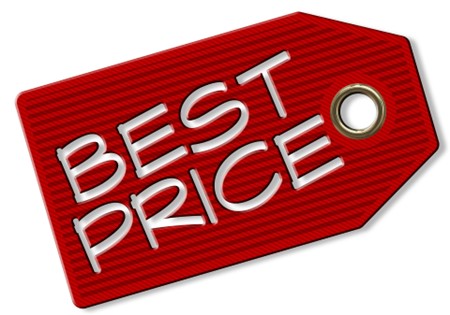If you have a business, then you know that pricing is critical to your success. You need to find the right price for your products and services and ensure that your customers are willing to pay. This can be difficult, but with the right pricing strategy, you can make it a lot easier. This blog post will discuss pricing strategy and how to build an effective one for your business.

What is a pricing strategy?
Pricing strategy is your approach to setting prices for your products and services. It includes factors such as market analysis, competition, and cost considerations. Most business owners in the retail industry use retail pricing software to help them with their pricing strategy. This software can gather data on competitors’ prices and market trends, making more informed pricing decisions. The significant part is that it can also automatically adjust costs based on these factors. This makes it more manageable for business owners to stay competitive.
When choosing pricing software, look for one that has customizable options and can integrate with your current business systems. This will allow you to track all the data and adjust prices accordingly. Customizable options mean you can set your own pricing rules so that the software fits your overall pricing strategy. In terms of integrating with your systems, the software will streamline the process and make everything run more smoothly.
How do you build an effective pricing strategy?
● Conduct a market analysis
First, conduct a thorough market analysis to understand your competitors’ prices and what price points are acceptable in your industry. This will give you a better idea of where to position your prices. For instance, if you are selling a similar product or service to your competitors, you may want to set yourself a budget or a premium option. The budget option means you will be priced lower than competitors, while the premium means you will have to implement higher prices. The choice depends on the market and what will attract customers.
But don’t just focus on your competitors – also consider factors such as market demand and customer behavior. This can help inform what price points are most likely to attract customers and drive sales. The market demand, for example, may indicate that customers are willing to pay a premium for specific products or services, while customer behavior might show that they prefer discounted prices. Some people are willing to pay more for convenience or quality, while others are bargain hunters.
● Consider your cost factors
Next, consider the costs of producing and delivering your products and services. This includes materials, labor, and shipping costs, to name a few. Make sure you factor in all these costs, set prices to cover them, and generate a profit. It can be tempting to charge low fees to attract more customers, but if they don’t cover your costs, then you won’t be able to sustain your business in the long run.
For instance, if you sell physical products, consider the cost of manufacturing and packaging, and shipping them to customers. This means that if the raw materials for your products are expensive, you may need to charge a higher price to cover those costs and still make a profit. If you sell a service, think about the cost of labor and any materials or equipment needed to provide it. In case you invested in purchasing a printing machine to provide printing services, for example, you may need to charge a higher price to cover the cost of the machine and make revenue.
● Test and adjust
Finally, once you have set your prices based on market analysis and cost considerations, testing them out and seeing how they perform is essential. Are customers responding positively, or do you need to adjust your prices? If you feel like sales are lacking, try experimenting with different price points to see what works best. You may need to lower costs to be more competitive or raise them to position yourself as a premium option. Remember that pricing is fluid and can change based on market trends and competitive factors, so it’s essential to monitor and make adjustments as necessary constantly.

Building an effective pricing strategy takes time and effort but can lead to increased profits and customer satisfaction. Don’t be afraid to test different price points and make adjustments as needed – it’s all part of the process. Rest assured that you can build an effective pricing strategy for your business with some market analysis, cost considerations, and continuous testing and adjusting.
